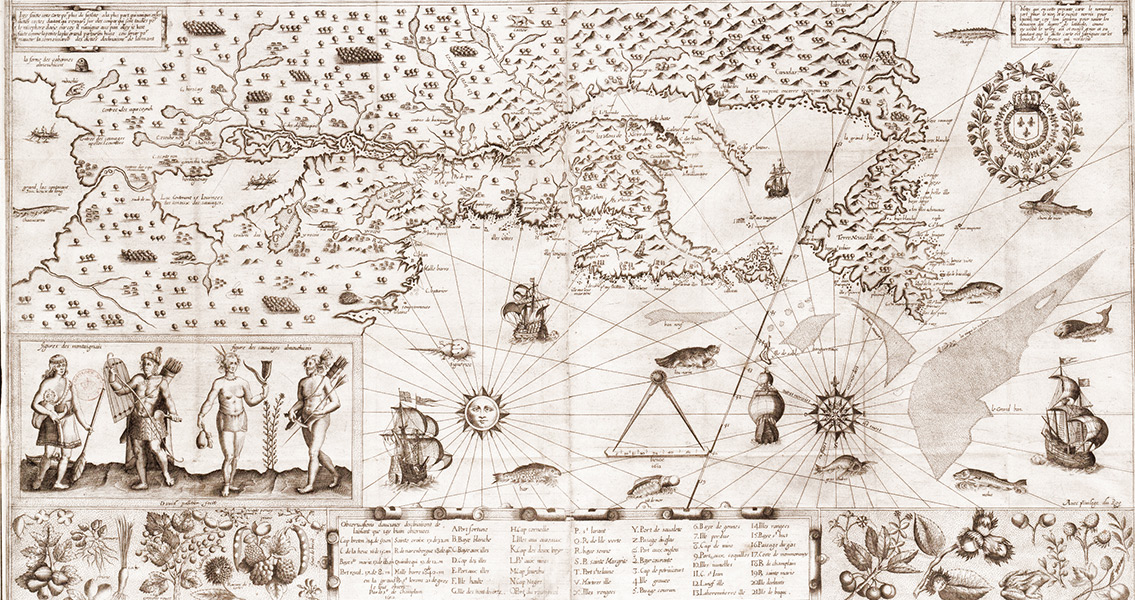<![CDATA[The historical society of a community located a stone’s throw from Lake Ontario has commemorated the travels of Samuel de Champlain, a renowned French explorer who passed through the town four centuries ago. The historical event – one that pre-dates the town itself – gave more than a dozen attendees an opportunity to walk the same path that de Champlain himself had as he traveled through the town of Henderson, located in upstate New York near the shores of northeastern Lake Ontario, on his way to modern-day Syracuse to clash in battle with the Onondaga Nation. According to Eric C. Anderson, Henderson’s town historian and the organizer of the event, de Champlain’s travels through the region involved recruiting at least two groups of Native Americans to fight against the Onondaga people in October of 1615. According to an interview with the Watertown Daily Times, the “Champlain Walk Over the Portage” event is in its ninth consecutive year. The French explorer and the men accompanying him had taken to land near what would someday become Henderson’s boat launch, in order to avoid having to paddle around Stony Point, Anderson said. The expedition portaged their canoes approximately one mile to reach the other side of Stony Point before launching them in Lake Ontario once again on their route south. Anderson took the group of 15 attendees along what was likely to have been the route de Champlain took, providing insight into the explorer’s life from articles and books written about the man. The year the portage event began, 2006, is significant as it was the bicentennial of Henderson. The event helps to highlight how Native Americans were traversing the land generations before colonialism led to settlements founded by Europeans, while also commemorating the first European in the region nearly 200 years before the town’s first settlement. The walking tour began at the Henderson Fire Hall’s community room. There, a mural painted in 1939 depicting the portage is on display. Painted by Frank W. Springsteen, the mural shows de Champlain attended by members of the Algonquin and Huron nations as they lift their canoes from the harbor. As de Champlain gestures with sword and map in hand, other native men can be seen carrying their canoes on their backs. In his explanation of his painting, Springsteen wrote at the time that the town was proud to display a representation of the famed French explorer traversing the district. Springsteen was quoted as referring to de Champlain as “the type of man with a high purpose that repeatedly appears on the historical scene to do great deeds for this county.” De Champlain is noted for not only being the first European to map and explore the Great Lakes but also as being instrumental in founding Quebec, as he served for many years as the de-facto Governor of the land on behalf of the French crown. Many geographical landmarks are named for the explorer, with the best known being Lake Champlain, the shores of which form a portion of the border of New York and Vermont. ]]>
Lake Ontario Community Re-Enacts Champlain Expedition
